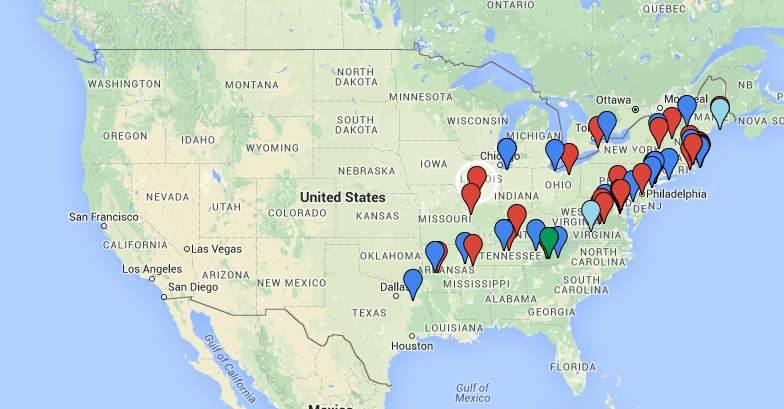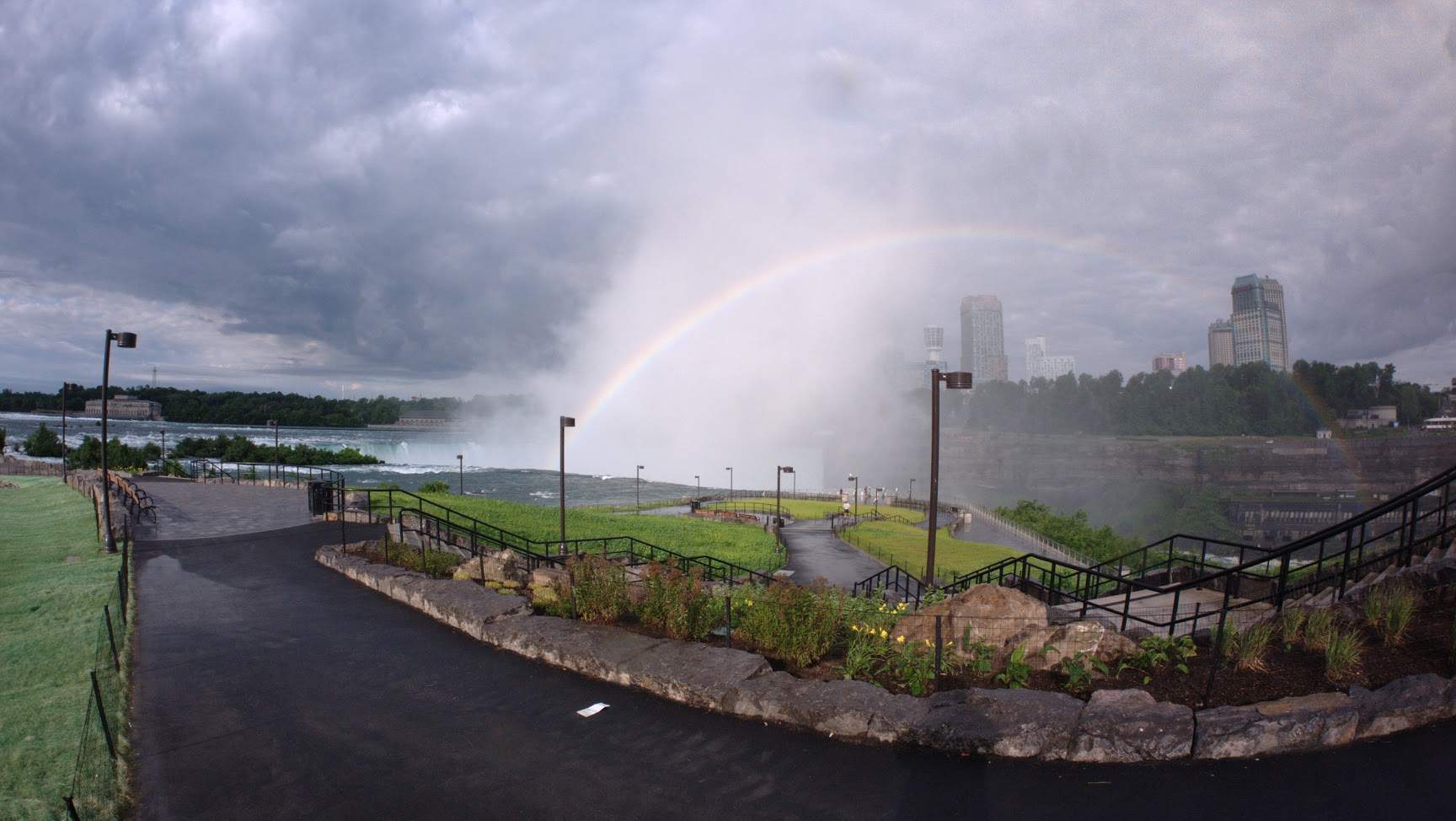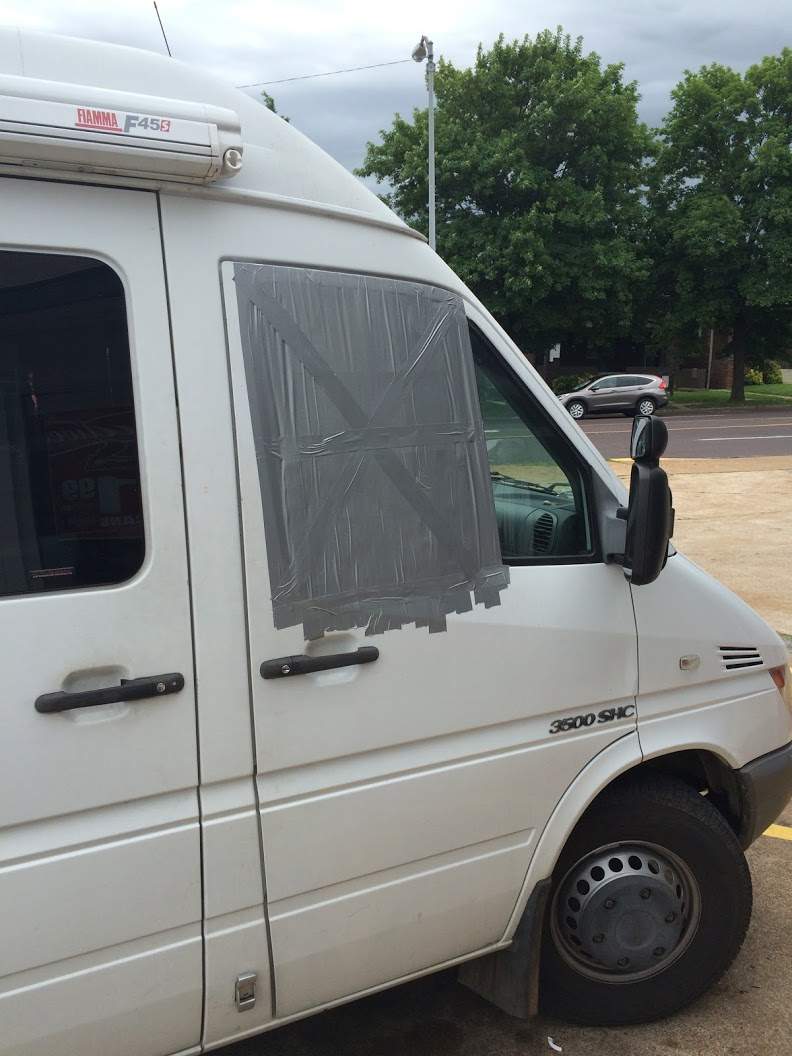This is more a post for myself to remind me what makes a good road trip. We’re trying to fine tune these road tripping rules for a couple of years now and I think using these rules make us happy campers when discovering the country. These rules will be probably never complete and I don’t think they work for everyone but they sure worked for us in the past. Please feel free to add your comments. What works for you?
Drop pins in a map
Instead of planning a route we just drop pins in a map. Whenever I read about a place and decide to visit I put a pin in a Google map. That gives me a pretty good starting point when it comes to think about the next road trip.
Once you decided where to go you can start a new map with only pins in that area.

Having a map with all the places you want to see helps you figuring out a route. I use also different colored pins to mark campsites (blue), places to see (red) or trails to hike (green).
Don’t OVER-PLAN
This is the follow up rule for the previous one. Don’t use the pins to map out an exact route and where to be on what day. Ideally, just wing it and start driving. What helps is having options, so have a few campgrounds to chose from if one has no vacancy. A good tool to reduce the risk of driving to a full campground is Reserve America. Even though their booking system requires you to reserve a spot at least two days in advance they show you what’s available today. So if a site is still available call the campground and see if they hold the site for you. Reserve America also has an App for iOS.
What can really kill the fun in road tripping is having to rush from one place to another just because you made reservations for the next day. I enjoy the freedom to stay in (or leave) a place whenever I want.
This also means that you don’t have to visit all the places that you have on your map. There’s always a time for another road trip, so don’t feel bad if you run out of time and have to turn around.
Pack light
I’m sure you experience the same thing after unpacking the van after a road trip: Some of the stuff you packed you didn’t use at all. Keep that in mind the next time you plan a trip.
You don’t need to pack food for more than a week. There’s always a store close by to restock for the next few days. Same applies for gear – REI has 145 stores all over the country.
For clothing we decided to not pack for more than 7 days. There’s plenty of coin laundries where you can wash your clothes between stops, especially if you don’t have to rush anywhere.
Drive less than three hours a day
We established this rule just this year and it helps a lot to reduce stress on a road trip. As a driver you might not realize that but for your passengers driving long hours can be very boring. Also, when you think about it: Your road trip is not really about driving, it’s about visiting places.
To cover longer distances we also have a variation of this rule: a driving day is followed by at least two days without driving.
Leave early, arrive early
The benefits of this rule I realized when going on a road trip by myself. When travelling with the family it naturally takes longer each morning until everyone is ready and we can leave camp. If you can leave really early in the morning, though (I’m talking about between 6 am and 7 am) you’ll realize a couple of things:
- You have more time visiting places
- The places you visit are less crowded – because the majority of tourists don’t show up before 10 am.
- You can pick much better campsites when arriving early at your destination

Be counter-cyclical
Try to beat the traffic (both on the road and in terms of other tourists) as much as possible. It helps a lot if you visit the popular sights during the week and plan to visit the off beat places on the weekends.
The previous rule also helps a bit with avoiding traffic. You can try to beat the morning rush hour by leaving early and when arriving at your campsite in the early afternoon you won’t see too much of the evening traffic as well.
I’ve found Google Maps with traffic enabled really helpful for planning your daily drive. It not only shows you the current traffic but can also predict the traffic situation at any given day or time. There are apps for both iOS and Android for Google Maps.
Don’t take your van downtown
There’s a couple of reasons for this: Traffic, Parking and Safety.
For visiting bigger cities we normally don’t camp anyway so we either park the van on the (secured) hotel parking lot or dropping off the van at a paid airport parking lot and take a shuttle to our hotel downtown.
If you just pass through you still want to carefully weigh your options and plan a bit ahead. Try to find paid and secured parking where there’s a guard on duty. I rather pay $25 a day and have someone looking after my van with all my belongings inside than ending up with a smashed window that can ruin your whole vacation. Websites like CrimeReports can help you figuring out the amount of vehicle break ins a city and avoid places with a high crime rate.

Bring tools and spare parts
If you bring your van to a shop to change a tire or to replace a light bulb, ignore this rule.
For everyone else who’s used to do some work around the van take a good set of tools and some spare parts with you. Breaking down in the middle of nowhere can ruin your vacation very quickly. Especially if it’s something you could fix in an hour if you only had the spare part and the tools with you, like a broken serpentine belt. I’ve wrote a post about what I’m carrying with me on all trips.
Oh, what I wouldn’t give for the luxury of driving just 3 hours per day! My husband and I just got back from taking our T1N Sprinter on an almost-6,000-mile journey from the upper Texas coast to far northeastern Nova Scotia and back again. We are both employed people and can only take so much time off. We drove up to 14 hours per day to make this happen. It was exhausting but absolutely worth it. Maybe some day we can be more leisurely!